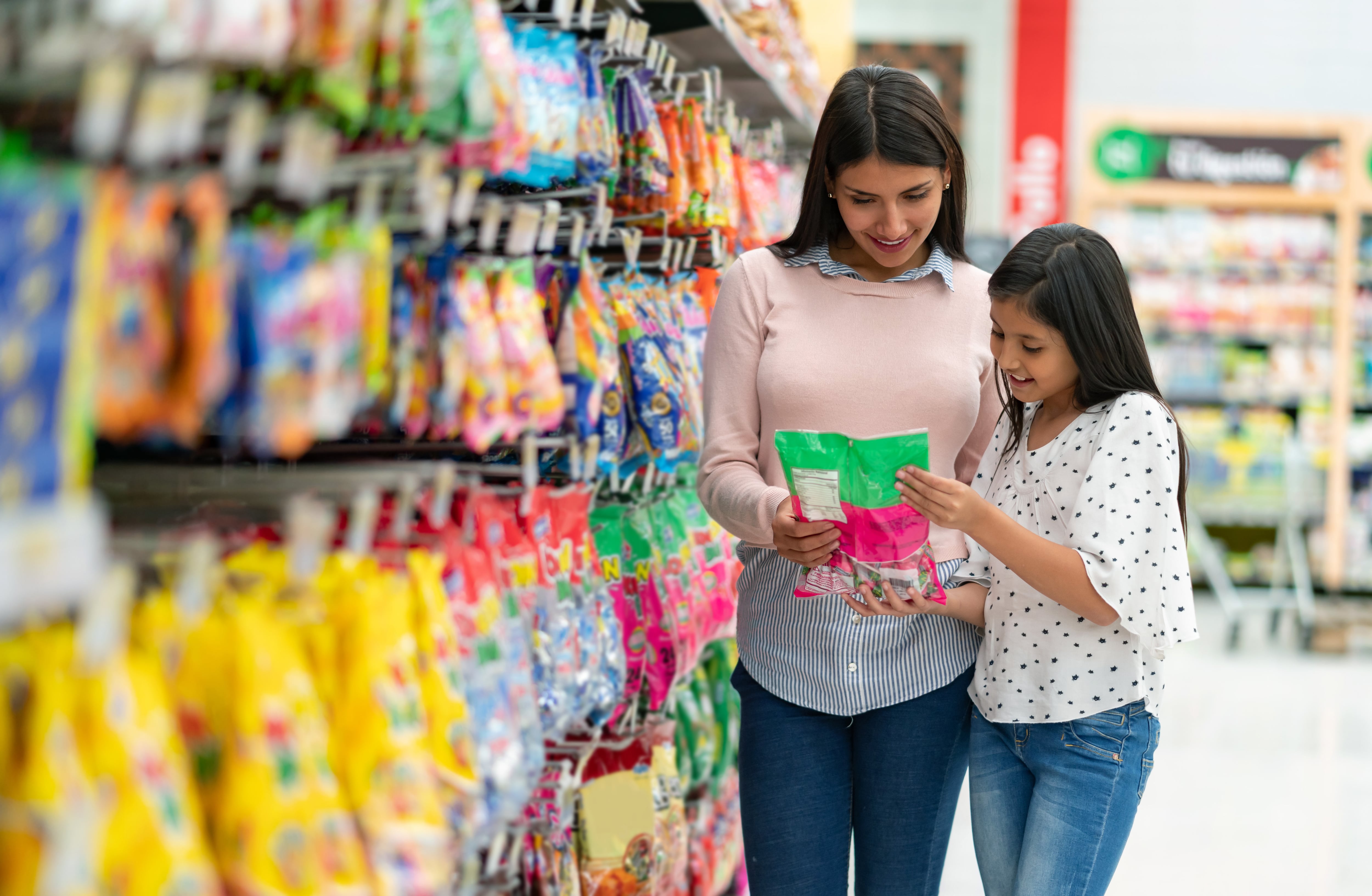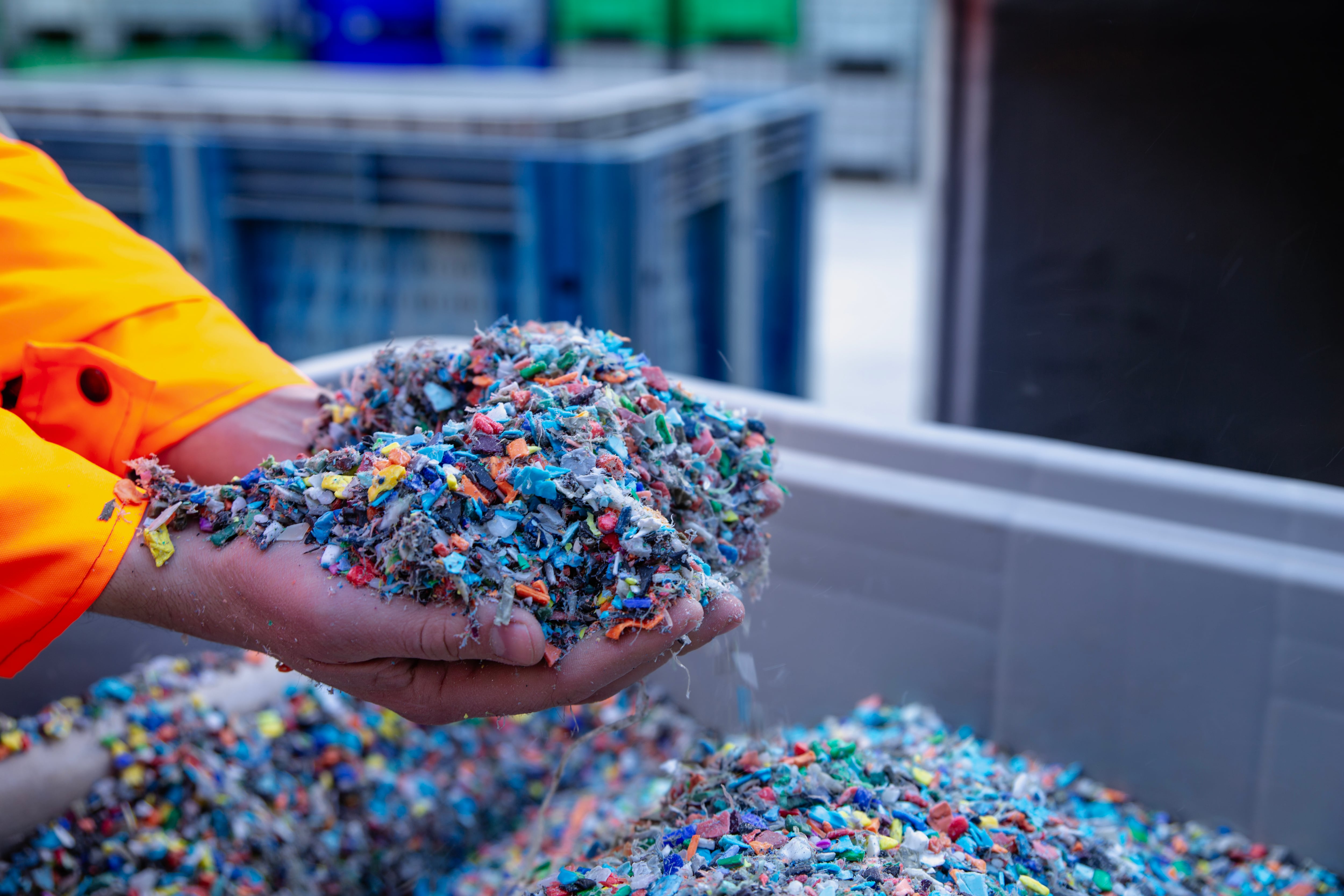Balancing profit with purpose is the challenge all confectioners needs to overcome to win over consumers in 2025 according to the co-founder of Impact Score, an app which allows users to measure the sustainability profiles of their food and beverage purchases.
“For years, challenger brands like Booja-Booja, Ombar, and Tony’s Chocolonely set the bar for sustainability in the chocolate aisle, but 2025 is shaping up to be a critical year,” says Josh Simpson, co-founder of Impact Score.
With 80,000 users of the app, Impact Score aims to prevent greenwashing by working with UK institution, Harper Adams University, to develop methodology to assess environmental, social, and governance (ESG) measures at a brand and product level. The index considers various sustainability indicators such as animal welfare, nutritional value, packaging, carbon footprint and fairtrade certification.
In its recently released Sustainability Index 2025, Impact Score assessed more than 6,200 products from nearly 700 brands in the confectionery category.
Mixed results on sustainability
The results were mixed. While some of the larger CPGs such as Lindt and Kinder made great strides in their performance year on year alongside private label confectionery retailers such as Sainsbury’s and Co-op, some smaller firms such as Tony’s Chocolonely and Nomo saw their scores slip.
“It’s no longer enough to simply adopt sustainability practices,” says Simpson. Indeed 83% of Impact Score users change their mind about buying a product after seeing its Impact Score suggesting that sustainability can no longer be an afterthought, addition, or nice-to-have PR exercise in ESG leadership. Instead, confectionery brands will need to drive their businesses and product development forward with conscious, considered and comprehensive sustainability awareness and action. “In this race, the winners will be those who balance profit with purpose, meeting the evolving expectations of an increasingly conscious audience,” he says.
The rise of challenger brands
“The future of chocolate sustainability will be shaped by both the continued rise of challenger brands and the response of big brands to the growing consumer demand for sustainability,” agrees Simpson’s co-founder Ian Yates.
“It’s crunch time for underdogs,” he says. For challenger brands that consider themselves at the forefront of sustainability they’ll need to focus on innovating and raising the bar to maintain their competitive position. To stay a brand of choice among consumers, they’ll need to push even further into areas like supply chain transparency, carbon-neutral production and full life-cycle assessments. Plastic packaging and its presence as a pollutant, energy-saving carbon offsets, waste reduction efforts and upcycling initiatives, responsible ingredient sourcing and ethical supply chain management will continue to be on the agenda as leading sustainability efforts.
Impact Score’s Sustainability Index 2025 indicates the brands that have seen a year-on-year index change.
Brands that saw an increase in year-on-year rating change:
● Lindt by 7.5%
● Barratt by 7.4%
● Mentos by 6.0%
● Kinder by 4.9%
● Rowntrees by 4.7%
● Maynards Bassetts by 4.1%
● Lily Obriens by 3.6%
● Sainsbury’s by 3.5%
● Co-op by 3.4%
● Morrisons by 3.4%
● Skittles by 3.3%
Brands that saw a decrease in year-on-year rating change:
● Nomo by -3.0%
● Thorntons by -2.8%
● Extra by -1.1%
● Tony’s Chocolonely by -0.7%
● Reese’s by -0.3%
● Kitkat by -0.2%
As well as Impact Score, further awareness around the impact of industry on global sustainability efforts comes from various sources, including academic research, grassroots organisations and regulators’ focus and actions. In April 2024, Journal Science research identified 56 companies responsible for more than half of the globe’s plastic pollution.
Regulation is likely to force action in this area. Under a legally binding United Nations (UN) agreement, the Global Plastics Treaty, 175 countries have committed to lowering plastic pollution. And while it was expected to come into force in 2024, it’s currently not in place, so the industry’s eyes are on whether it will come to fruition in 2025.




